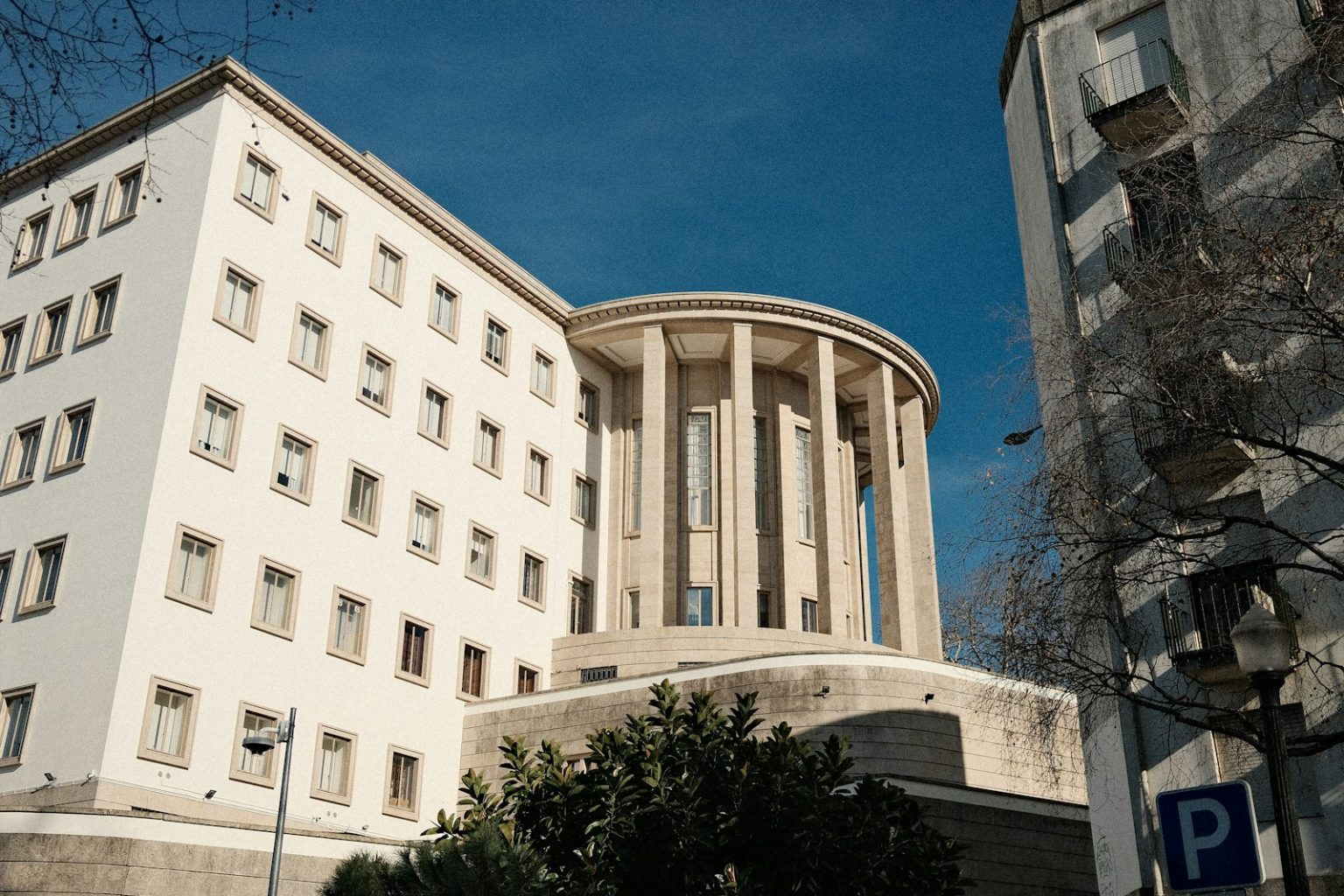The recommendations come at a time when the Federal Reserve faces increasing scrutiny over its monetary policy decisions, inflation management, and overall transparency. These proposed changes could fundamentally alter how America’s central bank functions and coordinates with other government financial institutions.
Proposed Operational Changes
At the center of the proposal are “sweeping changes” to the Federal Reserve’s business practices. While specific details weren’t fully outlined, such reforms likely target the bank’s decision-making processes, communication strategies, and operational frameworks that have been largely unchanged for decades.
Banking experts suggest these changes could address longstanding criticisms about the Fed’s transparency, its forecasting methods, and how it communicates policy decisions to markets and the public. The reforms might also target the Fed’s internal governance structure, which some critics have described as outdated.
Treasury Department Collaboration
Perhaps the most notable aspect of the proposal is the suggestion for a “policy alliance” between the Federal Reserve and the Treasury Department. This recommendation signals a potential shift toward more coordinated fiscal and monetary policy.
Currently, the Federal Reserve operates independently from the Treasury, though the two institutions communicate regularly. A formal policy alliance would represent a significant departure from the central bank’s traditional independence—a principle many economists consider essential for effective monetary policy.
Such a partnership could take several forms:
- Joint policy frameworks that align monetary and fiscal objectives
- Coordinated responses to economic crises
- Shared research and economic forecasting
- Unified communication strategies to financial markets
Implications for Central Bank Independence
The proposal raises important questions about central bank independence, a principle that has guided monetary policy in most developed economies for decades. Proponents of independence argue that it allows central banks to make necessary but sometimes unpopular decisions without political pressure.
Critics of the current system, however, point to instances where lack of coordination between fiscal and monetary authorities has led to suboptimal economic outcomes. They suggest that more formal collaboration could improve policy effectiveness, especially during crises.
“The relationship between the Fed and Treasury has always been complex,” noted a financial policy expert familiar with both institutions. “Any move to formalize this relationship would need careful consideration to ensure it enhances rather than undermines effective economic management.”
Market analysts are closely watching these developments, as any significant change to Fed operations or its relationship with the Treasury could have far-reaching implications for interest rates, market expectations, and the broader economy.
The timing of these proposed reforms comes as the Federal Reserve navigates post-pandemic monetary policy challenges, including persistent inflation concerns and questions about the pace of interest rate adjustments. Whether these recommendations will gain traction among current Fed leadership or lawmakers remains to be seen.







